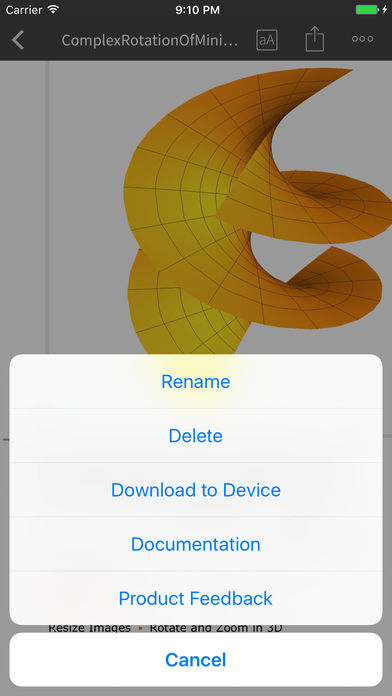

There are numerous parameter sets and cavity representations for implicit solvation models with varied levels of rigor. The nonequilibrium tetrahedral nanoparticles are considered for high (111) facet ratio per mass and cubic nanoparticles due to the high activity reported by Wang and co-workers. Tetrahedral nanoparticles are obtained from cutting cubic nanoparticles along the (111) family of planes. Octahedral and cubic nanoparticles can be generated by shifts in the (100) and (111) surface energies that reflect different redox conditions. Using the surface energies calculated in vacuum, the 201-atom (1.6 nm) truncated octahedral nanoparticle shape is predicted. All of the surface energies calculated and reported are for unreconstructed surfaces. The surface energies are usually lowered in the presence of a continuum dielectric with the exception of the (110) facet. The surface energies in vacuum and in solvent are reported in Table I and are compared to other values reported in the literature. Other calculation details are described in Sec. It was found that a vacuum layer of 7 Å on either side of slabs converged Fermi energies to within 0.005 eV. The surface energies were calculated using the relation γ = E slab − NE bulk with converged slab thicknesses following the computational protocol outlined in Ref. We include calculations with reactive empirical molecular dynamics potentials for a two-fold purpose: to use density functional theory to validate dissolution trends predicted with the potentials and to extrapolate results to sizes difficult to access with quantum–continuum methods. We employ a quantum–continuum model for this purpose, which is still limited to length scales accessible with typical density functional theory calculations. The latter can be highly dependent on the orientation of the solvent molecules. The former method is difficult to employ still because of the size limited by computational expense, among other issues. Quantum–continuum models are an alternative to expensive ab initio molecular dynamics simulations or density functional theory (DFT) calculations involving explicit layers of the solvent. 1, and diffusion layer phenomena occur on length scales on the order of nanometers. 11 Likewise, reactions at the surface occur on the angstrom scale, but diffuse layer equilibration, as schemed in Fig. Charge transfer to the electrode from redox processes can occur in times on the order of attoseconds, while solution relaxations can occur in picoseconds. Some of the key difficulties in modeling the electrochemical interface involve the varied time and length scales of the different phenomena occurring at the interface.

This planar model is indeed not straightforward to apply to nanoparticle geometries. In this work, the Gouy–Chapman model is adopted rather than the Helmholtz model, in which a plane of charge 3–5 Å from the electrode screens the excess charge, as depicted in Fig.

In the Gouy–Chapman model, excess charge on the electrode is screened by a distribution of ionic charge that follows a temperature- and potential-dependent Boltzmann law beyond some exclusion distance from the electrode (the Poisson–Boltzmann model). 1(b), is often a reasonable approximation of the electrochemical double layer. For applied voltages near the potential of zero charge, the Gouy–Chapman model, shown in Fig. While accounting for all contributions to the capacitance would provide a more complete description of the interface, it can be convenient to adopt a single capacitive contribution that is dominant in that particular voltage regime. The charge on the electrode surface can be determined by the overall double-layer capacitance and the potential of zero charge (PZC). 10 The arrangement of these solvent molecules and ions forms the electrochemical double layer. When an electrode is brought into contact with the solution phase, a group of solvent dipoles, adsorbed ions, and a diffuse ion layer screen excess charge on the electrode surface. To model and predict trends in the durability of platinum nanocatalysts, a description of the electrode–solution interface is needed.


 0 kommentar(er)
0 kommentar(er)
